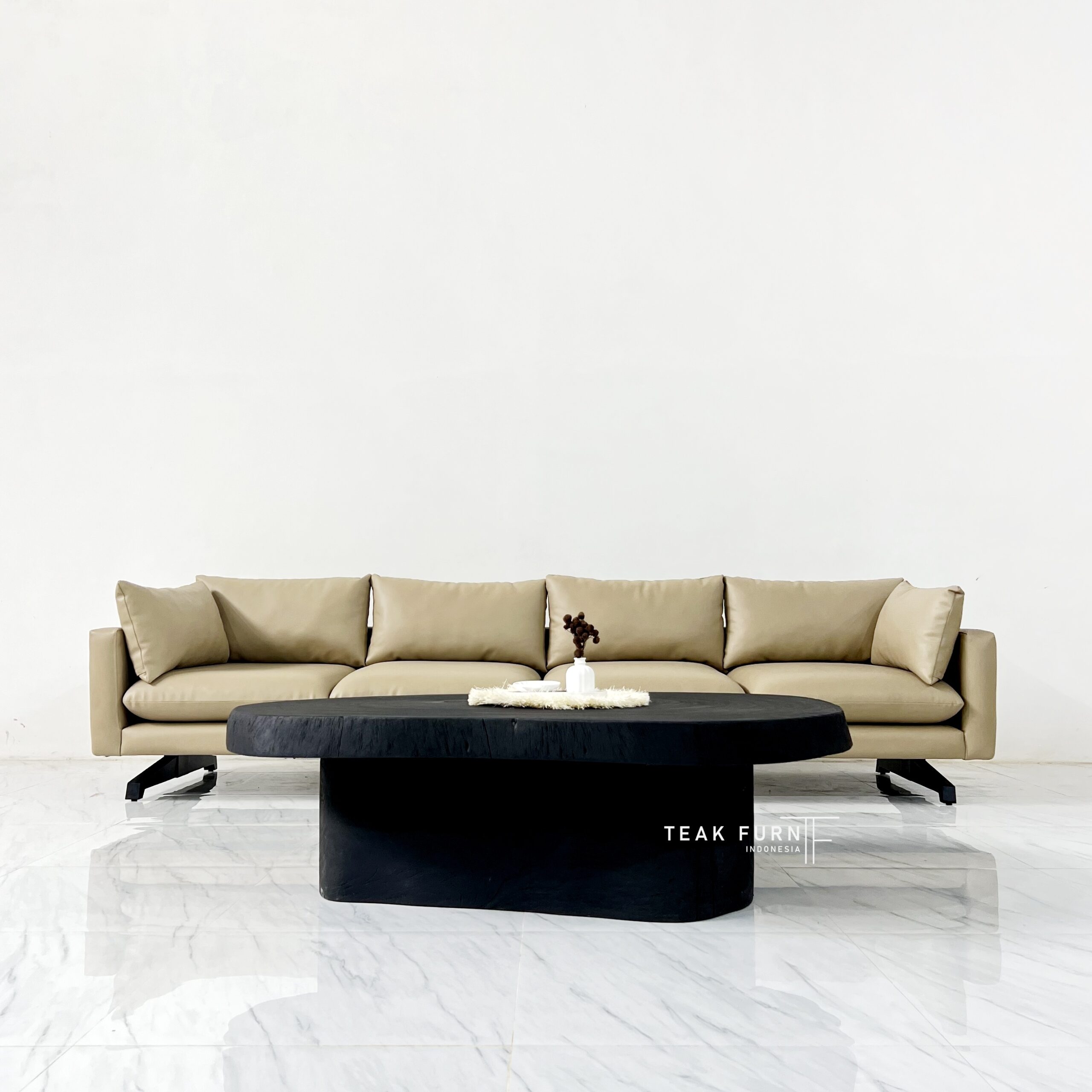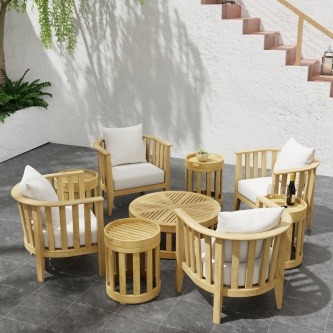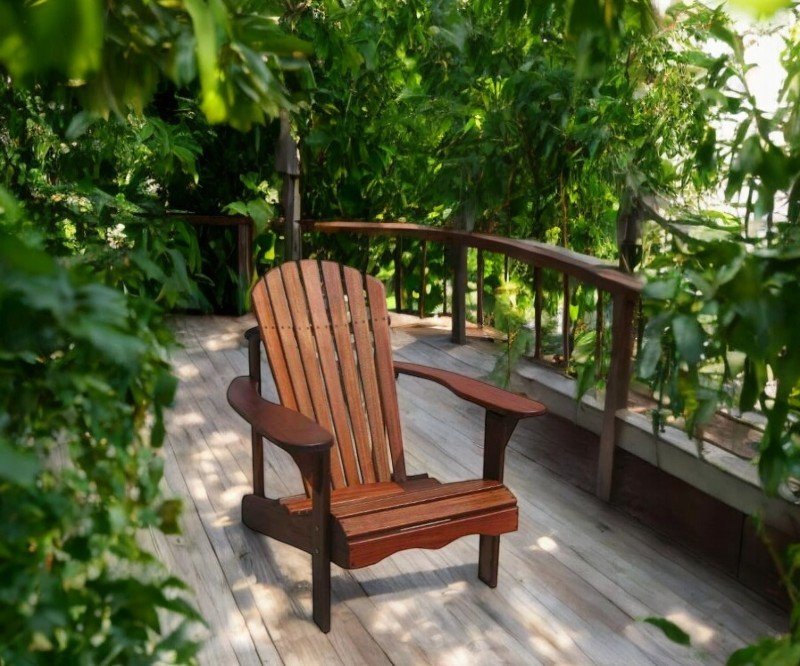Jepara is known as one of the best furniture production centers in Indonesia, and even the world. The craftsmanship of local artisans, which has been passed down for centuries, results in high-quality wooden furniture that is now highly sought after. c jepara
1. Examine the Materials Used
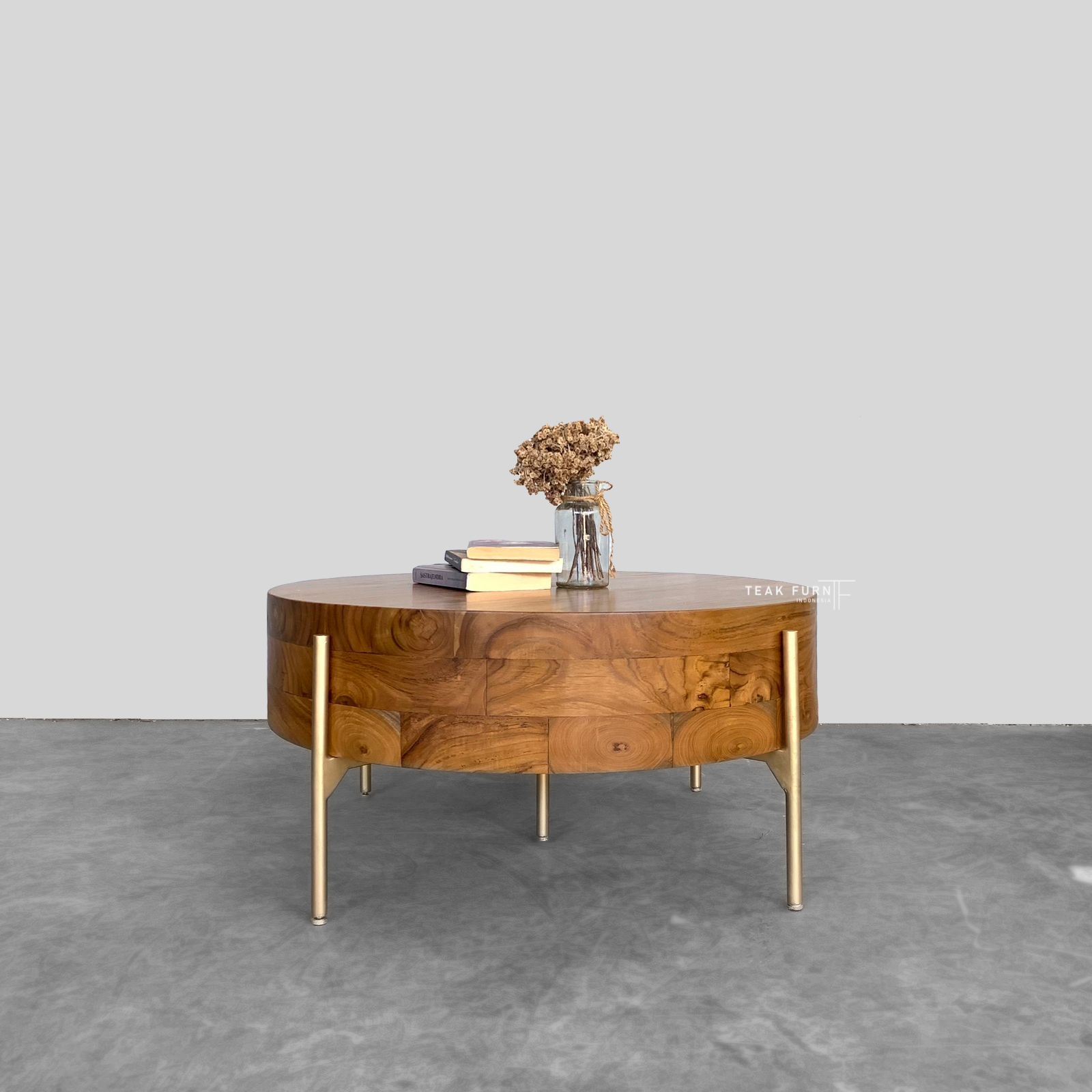
The most prominent feature of authentic Jepara furniture is the high-quality wood used in its construction. Typically, genuine Jepara furniture is made from premium hardwoods such as teak, mahogany, or other durable wood types. Teak wood, in particular, is prized for its natural resistance to pests and its striking golden-brown color.
To identify whether the wood is authentic, pay attention to its texture, weight, and smell. Authentic teak wood has a unique aroma that is unmistakable. If the wood feels light or has a synthetic smell, it is likely not genuine teak. Moreover, real teak wood is heavier and denser compared to lower-quality alternatives, which often feel flimsy or hollow.
2. Check the Construction and Finishing

Authentic Jepara furniture is known for its meticulous craftsmanship. The joints and construction of the furniture are a good indicator of its authenticity. Traditional Jepara furniture often features high-quality joinery, such as mortise and tenon joints, or dowel joints, both of which are durable and add to the piece’s overall aesthetic appeal.
The finishing on authentic Jepara furniture is also of superior quality. Genuine Jepara products are often finished with a smooth, polished surface that showcases the natural beauty of the wood. The process is painstaking and done with great attention to detail. If you find the finish uneven, or the furniture feels rough or poorly treated, it’s a sign that the piece may not be authentic.
3. Look for Traditional Carvings and Designs
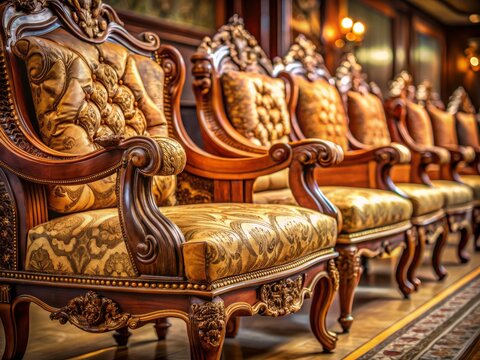
One of the distinguishing features of Jepara furniture is the intricate carvings and designs. Authentic Jepara furniture often includes detailed carvings that reflect Indonesia’s rich cultural heritage. These carvings are not only beautiful but are also a mark of the craftsmanship that Jepara is known for.
The design may feature floral patterns, geometric shapes, or motifs inspired by nature, all of which require a high level of skill. Genuine Jepara furniture has carvings that are sharp, detailed, and polished. If the carvings look shallow, poorly defined, or lack symmetry, it’s a red flag that the piece is likely a replica.
4. Verify the Certificate of Authenticity

To ensure that the furniture you are purchasing is genuine, look for a certificate of authenticity or any official labeling from the manufacturer or the Jepara furniture association. Many reputable Jepara manufacturers provide a certificate that guarantees the product’s origin and quality.
Reputable sellers will be able to provide evidence of their furniture’s origin, confirming that it was crafted in Jepara by skilled local artisans. If a piece does not come with such documentation or if the seller is unable to provide proof of authenticity, you may want to reconsider your purchase.
5. Buy from Trusted Dealers
ic
The most reliable way to ensure you’re getting authentic Jepara furniture is by buying from trusted and established dealers. Look for furniture stores or online platforms that specialize in Jepara products and have positive reviews or a long-standing reputation for selling quality goods.
Trusted dealers often have direct relationships with local artisans and manufacturers in Jepara, which means you can expect authenticity and quality. Additionally, these dealers typically offer better customer service, warranties, and after-sales support, which further guarantees your investment in a genuine piece of Jepara craftsmanship.
Conclusion
Identifying authentic Jepara furniture doesn’t have to be difficult if you know what to look for. By examining the materials used, checking the construction and finishing, observing the traditional carvings, verifying certificates of authenticity, and purchasing from trusted dealers, you can ensure that you’re investing in high-quality, genuine Jepara furniture.
Remember, Jepara furniture is not just about aesthetic appeal – it’s about supporting local artisans and preserving centuries-old traditions of craftsmanship. By following these tips, you not only protect yourself from purchasing counterfeit products but also contribute to the sustainability of Indonesia’s rich furniture heritage.

